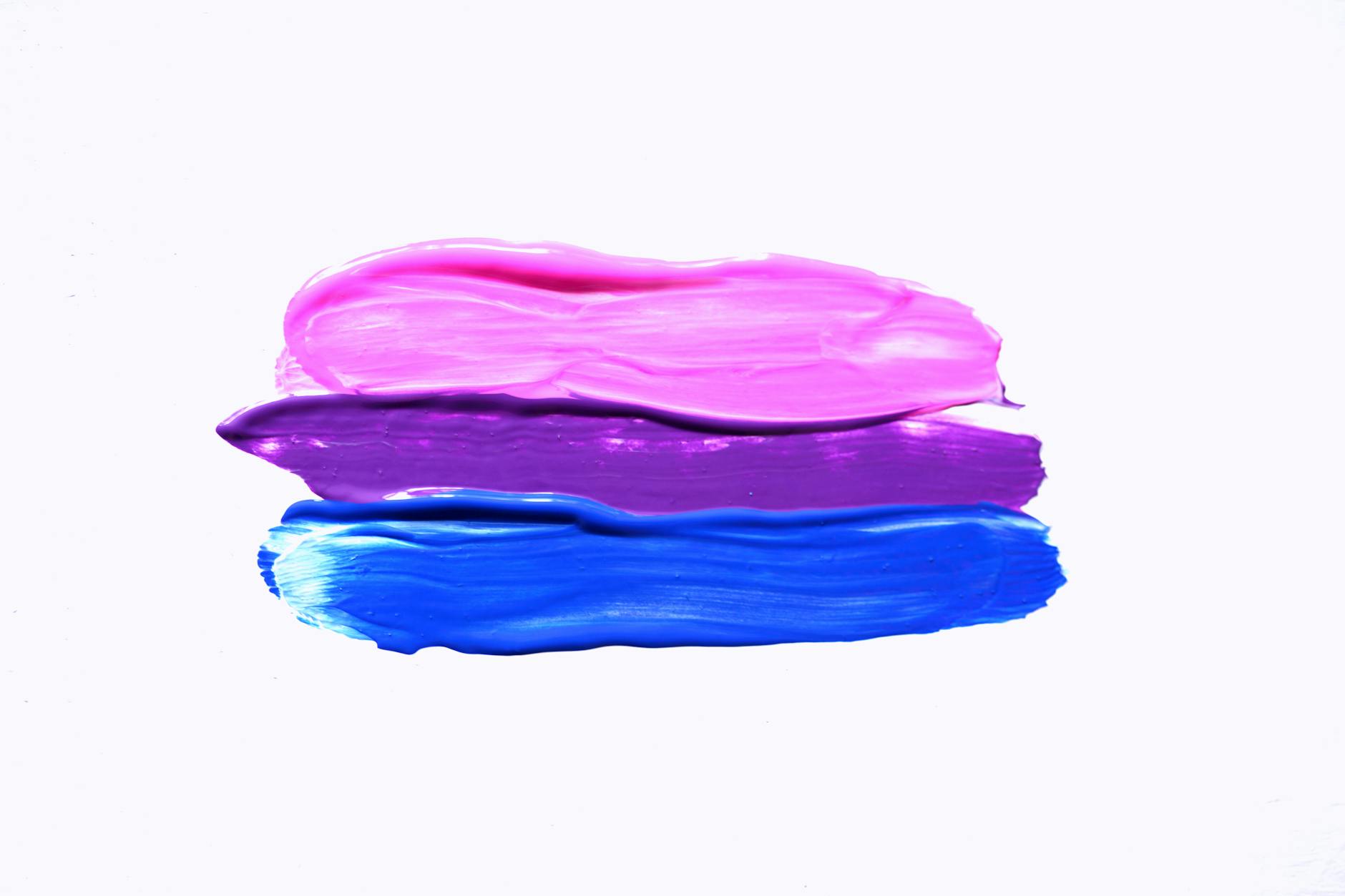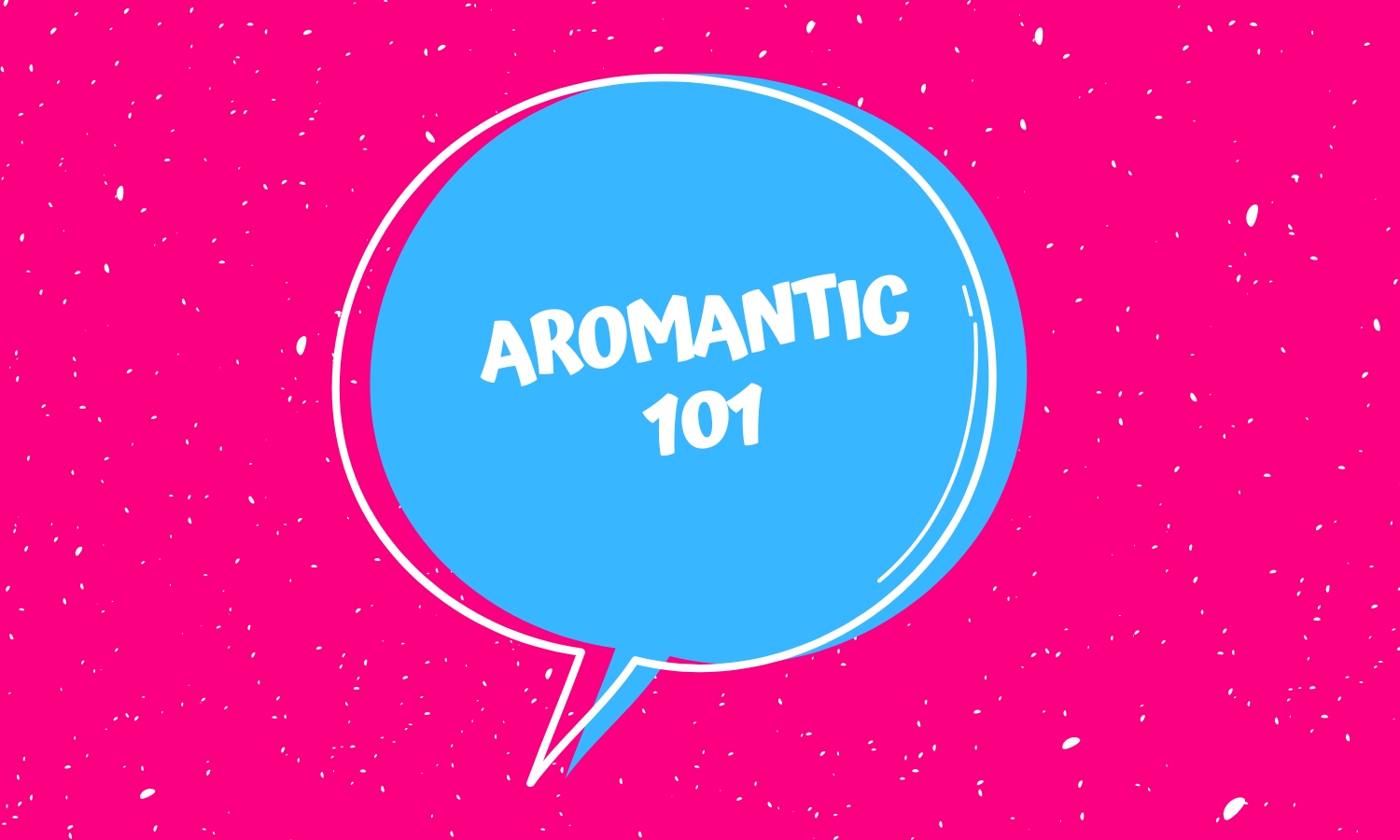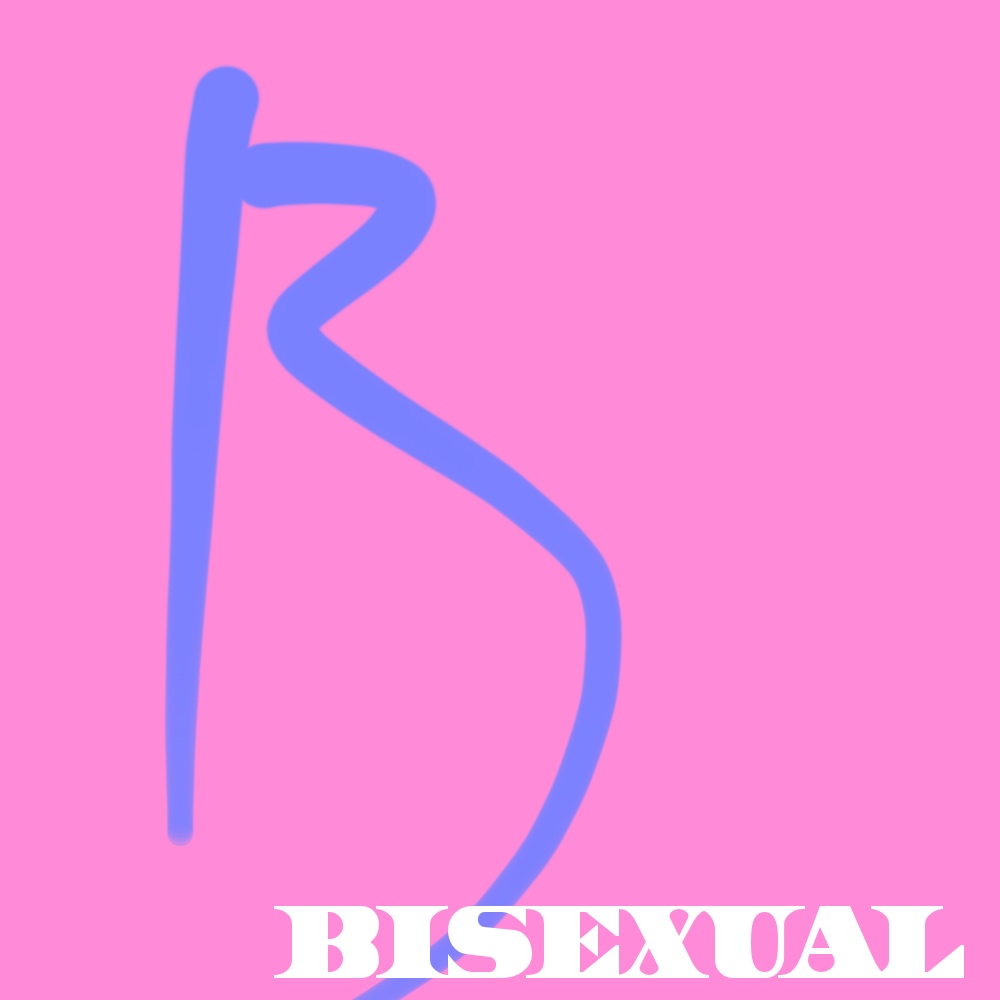When was the bisexual flag created?

The bisexual flag is a symbol representing bisexuality and the bisexual community. It was created in 1998 by Michael Page to give bisexual individuals a distinct symbol to identify with and to raise awareness and visibility of bisexuality within the LGBTQ+ community.
How many stripes does the bisexual flag have?
The bisexual pride flag consists of three horizontal stripes of equal width.
What do the stripes mean in the bisexual flag?
The flag consists of three horizontal stripes of equal width. The top stripe is coloured pink, representing attraction to the same gender (homosexuality), while the bottom stripe is coloured blue, representing attraction to the opposite gender (heterosexuality). The middle stripe is coloured purple, which symbolizes a blend of both genders, and thus represents bisexuality.
The flag’s design and colors are meant to reflect the diverse spectrum of attraction experienced by bisexual individuals, acknowledging their capacity for attraction to more than one gender. Since its creation, the bisexual pride flag has become widely recognized and used as a symbol of bisexuality, appearing in LGBTQ+ pride events, demonstrations, and various forms of media around the world. It serves as a source of solidarity and pride for bisexual individuals and helps foster greater visibility and understanding of bisexuality within society.
-
Product on sale
 Bisexual (5ft by 3ft) Premium Pride FlagOriginal price was: £7.99.£5.99Current price is: £5.99.
Bisexual (5ft by 3ft) Premium Pride FlagOriginal price was: £7.99.£5.99Current price is: £5.99. -
 Bisexual Handheld Pride Flag (22.5cm x 15cm)£1.99
Bisexual Handheld Pride Flag (22.5cm x 15cm)£1.99 -
Product on sale
 Face Paint – BisexualOriginal price was: £4.99.£3.99Current price is: £3.99.
Face Paint – BisexualOriginal price was: £4.99.£3.99Current price is: £3.99. -
 Bisexual Holographic Bracelet£7.99
Bisexual Holographic Bracelet£7.99 -
 Full Bisexual Ring£7.99
Full Bisexual Ring£7.99 -
 Bisexual Pride Lanyard£2.99
Bisexual Pride Lanyard£2.99 -
 Bisexual Flag Rainbow Pin Badge£4.25
Bisexual Flag Rainbow Pin Badge£4.25 -
 Bisexual Shoelaces£4.99
Bisexual Shoelaces£4.99 -
 Bisexual Flag Pin Badge£4.25
Bisexual Flag Pin Badge£4.25
What are the CMYK codes for the Bisexual flag?
The CMYK (Cyan, Magenta, Yellow, Black) colour model is often used for printing purposes. The CMYK codes for the bisexual pride flag colours are as follows:
- Pink:
- C: 0%
- M: 57%
- Y: 22%
- K: 0%
- Purple:
- C: 71%
- M: 100%
- Y: 0%
- K: 0%
- Blue:
- C: 100%
- M: 73%
- Y: 0%
- K: 0%
These CMYK values should help in accurately reproducing the bisexual pride flag colors in printed materials.
What are the RGB colour codes for the bisexual flag?
The RGB (Red, Green, Blue) color model is commonly used for digital displays. The RGB codes for the bisexual pride flag colors are as follows:
- Pink:
- R: 255
- G: 128
- B: 192
- Purple:
- R: 128
- G: 0
- B: 128
- Blue:
- R: 0
- G: 0
- B: 255
These RGB values should help in accurately reproducing the bisexual pride flag colors on digital screens and in digital design software.
Who was Michael Page the creator of the bisexual flag?
Michael Page, also known as “BiMagical,” is the creator of the bisexual pride flag. He designed the flag in 1998 to provide a symbol specifically for the bisexual community, aiming to increase visibility and recognition for bisexual individuals within the broader LGBTQ+ community.
While not as widely known as some other LGBTQ+ activists, Page’s creation of the bisexual pride flag has had a significant impact on bisexual representation and visibility worldwide.




